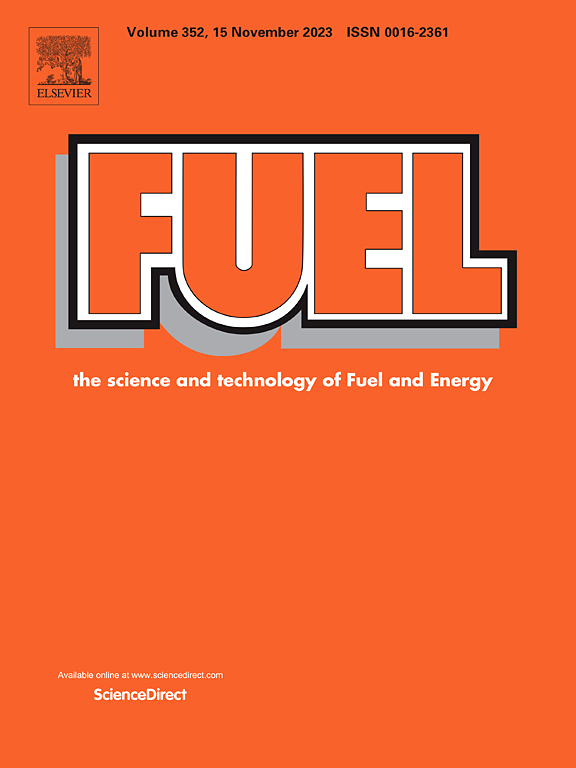Effects of foam alumina porous media on methane/air explosion flames: A combined study of X-ray CT scanning-based image reconstruction and three-dimensional pore-level simulations
IF 6.7
1区 工程技术
Q2 ENERGY & FUELS
引用次数: 0
Abstract
Excavating the performance and mechanism of porous media on explosion flames is crucial for developing efficient flame arresters. To achieve high-fidelity insights, this study uniquely employs X-ray CT scanning-based image reconstruction to precisely resolve the structural features of foam alumina porous media. By leveraging advanced numerical approaches, specifically the Flamelet Generated Manifold (FGM) combined with Artificial Thickened Flame (ATF) and Large Eddy Simulation (LES), we investigate the effects of pore density, thickness, and location of the foam alumina porous media on methane/air explosion flames. Our findings reveal that an increased pore density and greater thickness of the porous media significantly enhance flame-blocking effects, resulting in prolonged flame propagation duration and reduced propagation speed. Additionally, positioning the porous media farther from the ignition point leads to accelerated flame propagation. A oivotal discovery is that increases in pore density, thickness, and positioning intensify turbulence-flame interactions, which subsequently promote methane/air flame propagation by accelerating the elementary reactions of critical radicals. These results not only lay a foundation for optimizing flame suppression technologies in hazardous environments but also enhance the understanding of the role of porous media in safety–critical applications for explosion flame suppression.
泡沫氧化铝多孔介质对甲烷/空气爆炸火焰的影响:基于 X 射线 CT 扫描的图像重建和三维孔隙模拟的综合研究
本文章由计算机程序翻译,如有差异,请以英文原文为准。
求助全文
约1分钟内获得全文
求助全文
来源期刊

Fuel
工程技术-工程:化工
CiteScore
12.80
自引率
20.30%
发文量
3506
审稿时长
64 days
期刊介绍:
The exploration of energy sources remains a critical matter of study. For the past nine decades, fuel has consistently held the forefront in primary research efforts within the field of energy science. This area of investigation encompasses a wide range of subjects, with a particular emphasis on emerging concerns like environmental factors and pollution.
 求助内容:
求助内容: 应助结果提醒方式:
应助结果提醒方式:


